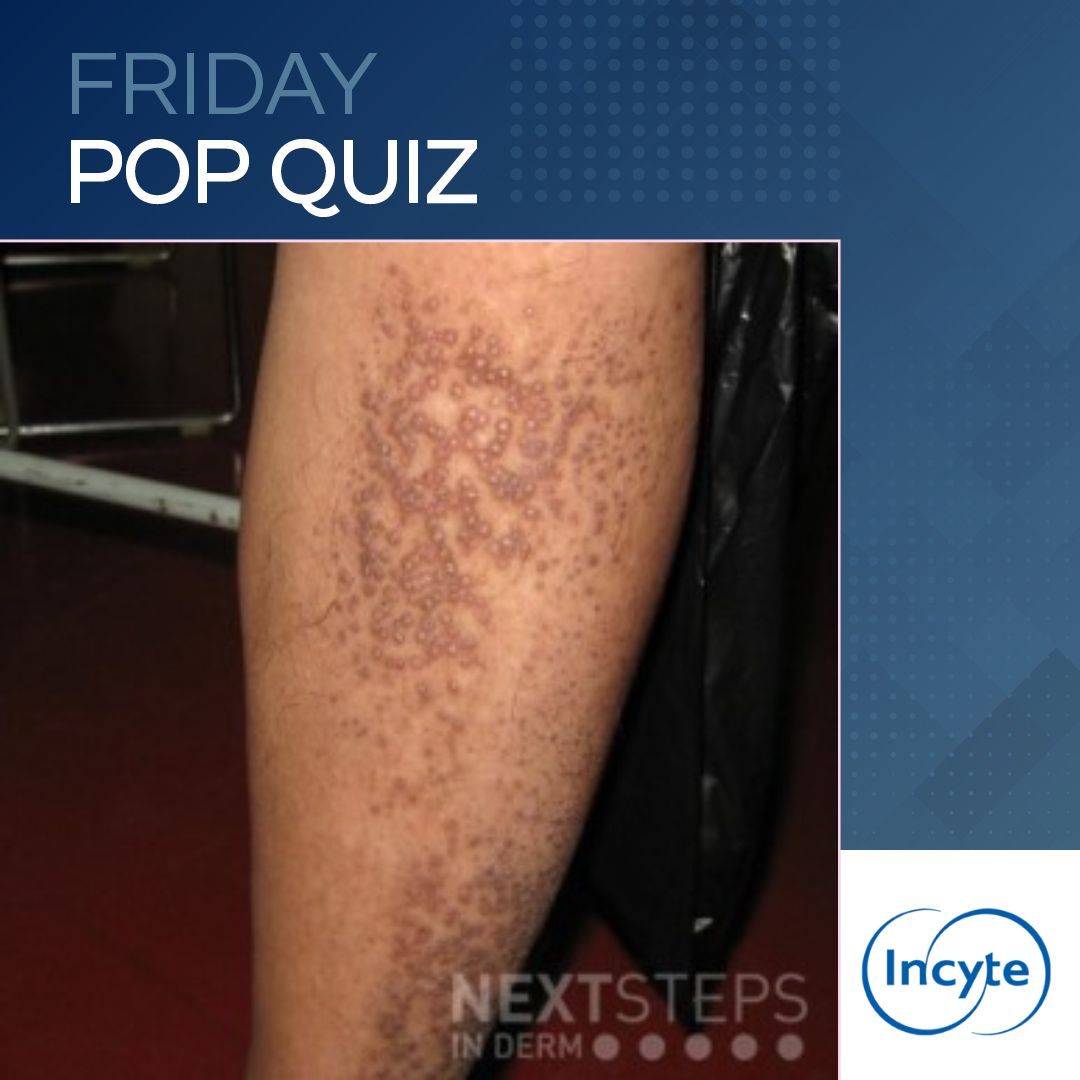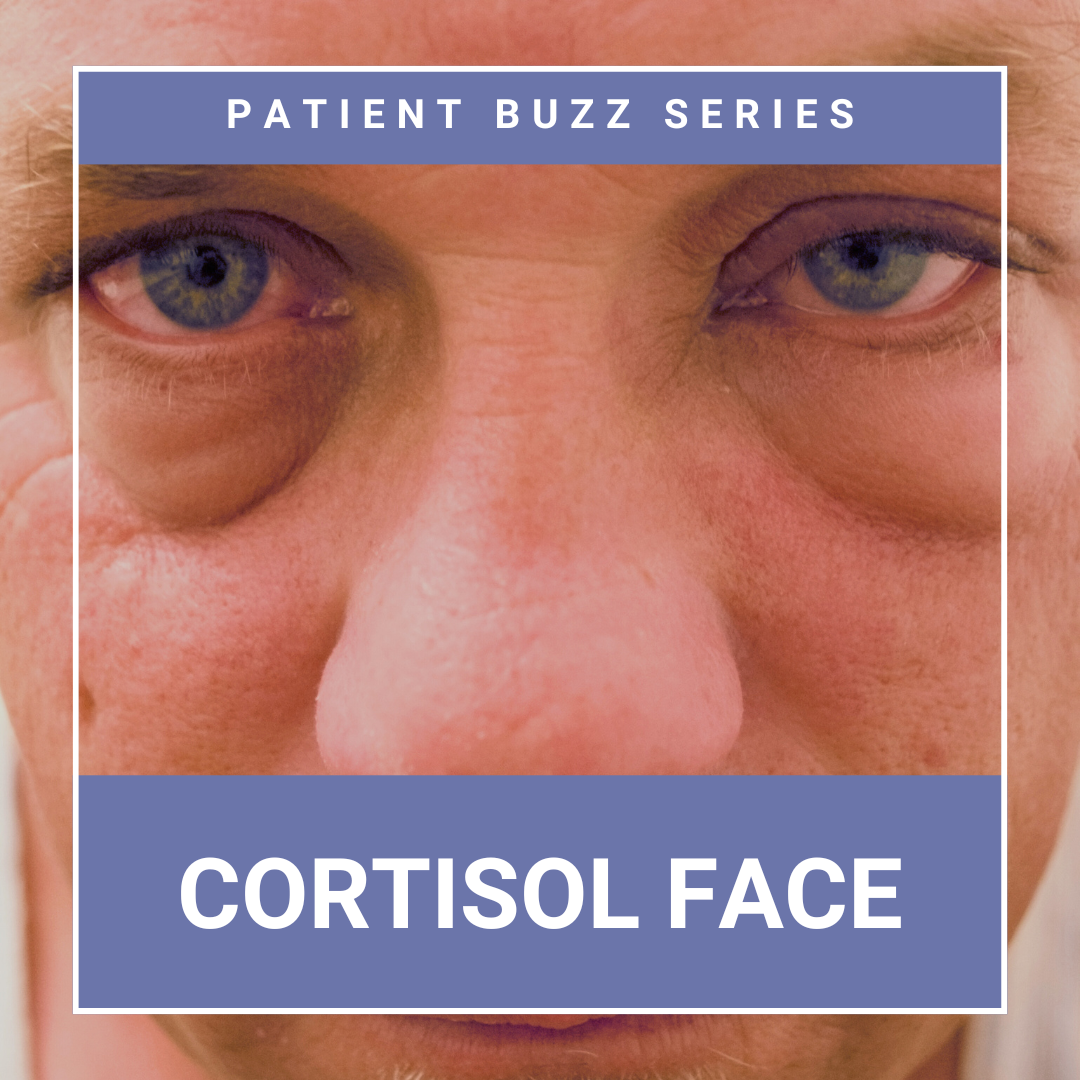Key Insights on Skin Aging and Photodamage from Dr. Zoe Draelos
 At the 2024 Pigmentary Disorders Exchange Symposium in Chicago, Dr. Zoe Draelos, an expert dermatologist and research scientist, gave a comprehensive lecture on skin aging, emphasizing that photodamage is just one aspect of a broader spectrum of factors influencing skin health. Her lecture focused on understanding how various elements contribute to skin aging beyond traditional UV radiation, inclu …
At the 2024 Pigmentary Disorders Exchange Symposium in Chicago, Dr. Zoe Draelos, an expert dermatologist and research scientist, gave a comprehensive lecture on skin aging, emphasizing that photodamage is just one aspect of a broader spectrum of factors influencing skin health. Her lecture focused on understanding how various elements contribute to skin aging beyond traditional UV radiation, inclu …
 At the 2024 Pigmentary Disorders Exchange Symposium in Chicago, Dr. Zoe Draelos, an expert dermatologist and research scientist, gave a comprehensive lecture on skin aging, emphasizing that photodamage is just one aspect of a broader spectrum of factors influencing skin health. Her lecture focused on understanding how various elements contribute to skin aging beyond traditional UV radiation, inclu …
At the 2024 Pigmentary Disorders Exchange Symposium in Chicago, Dr. Zoe Draelos, an expert dermatologist and research scientist, gave a comprehensive lecture on skin aging, emphasizing that photodamage is just one aspect of a broader spectrum of factors influencing skin health. Her lecture focused on understanding how various elements contribute to skin aging beyond traditional UV radiation, inclu … Continue reading "Key Insights on Skin Aging and Photodamage from Dr. Zoe Draelos"


 A study in the August Journal of Drugs in Dermatology addressed the burden of melasma – the populations most prone to melasma and the comorbidities associated with it. According to the study’s authors, a deeper understanding of the associations of race, ethnicity and comorbidities can help dermatologists determine which patients are at risk of developing melasma and as well as potential new pa …
A study in the August Journal of Drugs in Dermatology addressed the burden of melasma – the populations most prone to melasma and the comorbidities associated with it. According to the study’s authors, a deeper understanding of the associations of race, ethnicity and comorbidities can help dermatologists determine which patients are at risk of developing melasma and as well as potential new pa …  40-year-old man presents with a chronic pruritic eruption. Which of the following is true?
A. Apple-green birefringence on PAS stain
B. Improves after treating underlying infection
C. Stains PAS positive and diastase resistant
D. Demonstrates amyloid deposition predominantly around blood vessels
E. Associated with a lymphoproliferative disorder
To find out the correct answer an …
40-year-old man presents with a chronic pruritic eruption. Which of the following is true?
A. Apple-green birefringence on PAS stain
B. Improves after treating underlying infection
C. Stains PAS positive and diastase resistant
D. Demonstrates amyloid deposition predominantly around blood vessels
E. Associated with a lymphoproliferative disorder
To find out the correct answer an …  Nail disorders can be very troubling for patients. From onycholysis to paronychia to ingrown nails, dermatology clinicians can see a variety of common nail disorders in their patients. So what are some tried and true ways to treat nail disorders? Next Steps in Derm, in partnership with ODAC Dermatology, Aesthetic & Surgical Conference, interviewed Dr. Molly Hinshaw, professor of dermatology, …
Nail disorders can be very troubling for patients. From onycholysis to paronychia to ingrown nails, dermatology clinicians can see a variety of common nail disorders in their patients. So what are some tried and true ways to treat nail disorders? Next Steps in Derm, in partnership with ODAC Dermatology, Aesthetic & Surgical Conference, interviewed Dr. Molly Hinshaw, professor of dermatology, …  There’s a new moniker for facial puffiness: “cortisol face.” As described in an article in Parade, cortisol face is a catch-all term for facial swelling due to elevated cortisol levels. The term became popular on TikTok to describe facial puffiness, roundness, and redness or flushing. Physicians quoted in the article pointed out the benefits of cortisol and recommended people talk to their d …
There’s a new moniker for facial puffiness: “cortisol face.” As described in an article in Parade, cortisol face is a catch-all term for facial swelling due to elevated cortisol levels. The term became popular on TikTok to describe facial puffiness, roundness, and redness or flushing. Physicians quoted in the article pointed out the benefits of cortisol and recommended people talk to their d …